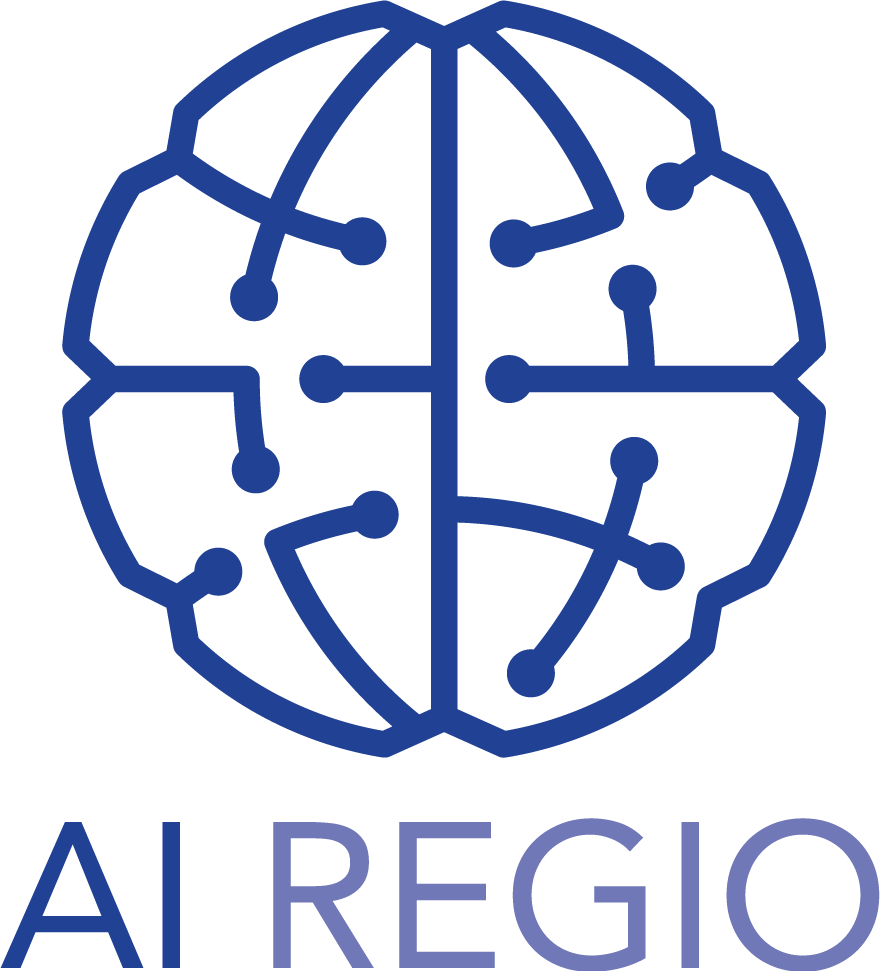Validation
Automatic Air Bubble Detection in Solar Panels
During the manufacturing process of solar panels various defects can arise with the most common defects arising every 250 to 500 solar panels. These defects can significantly impact the efficiency and output of the solar panels and, therefore, the manufacturing process requires a thorough quality inspection to ensure delivery of efficient and powerful solar panels. Currently, this quality inspection is performed manually.
The quality inspection in the production process takes place after a solar panel has been assembled and consists of three stages: visual inspection, flash testing, and electroluminescence (EL) testing. First, during visual inspection, an expert manually inspects the quality of the entire solar panel from a distance to find any defect, such as cracked cells, solder errors, delamination, air bubbles, etc.. During the second stage, flash testing, a solar panel is exposed to a short and bright flash, which is used to measure the current voltage (IV) curve of a solar panel. From this IV curve it can be determined whether the power output of the solar panel is up to standard. Lastly, in EL testing a current is passed through the photovoltaic (PV) cells of the panels which results in light emission. By this light emission the structural integrity of the PV cells can be assessed.
The first stage specifically is the most time-consuming, namely about 10 seconds per module, because the entire solar panel has to be thoroughly looked at before it can be (dis)approved. Automating this stage therefore greatly increases the efficiency of the manufacturing process and thereby reduces its costs by requiring less time and manpower. Furthermore, if this stage were automated, the inspection would become more reliable, because machines, in contrast to humans, cannot be exhausted and will perform the inspection the same way every time. There exists a large number of defects, which have all been laid out in a document along with their severity and frequency. Because of the sheer number, it is impossible to create a system that will detect them all within the scope of this experiment. Thus, we will constrain ourselves to detecting only one type of defect, namely air bubbles in the glass. These bubbles are one of the most frequent defects - occurring roughly once in every 250 solar panels - and therefore most cost-effective to detect.
These bubbles may occur in different lighting conditions, on different types of solar panels, and on different locations on the solar panels. Thus, it is necessary that techniques that are robust to different contexts are utilised. For this reason, we aim to find these defects using a combination of machine learning and computer vision techniques, since these adaptable techniques are robust in different scenarios, compared to e.g. hand-crafted techniques that are only specific to one scenario. Lastly, this experiment will be conducted at Exasun, a solar panel manufacturing company based in Den Haag.
Note that the air bubble detection algorithm will not stand alone, but will be built into an “inspection box”. This is a box with an appropriate vision system built in that can be easily installed into the production line, as a sort “plug and play” system.
Although the outcome of this experiment will result in a more factory efficient manufacturing of solar panels, the main focus is on quality control, because visual inspection of part of the quality control of solar panels. This puts our experiment in the domain of “Quality control and predictive maintenance”.
